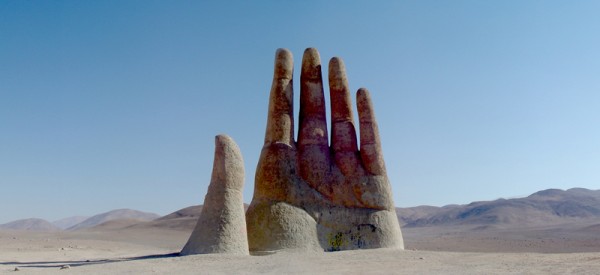
The drought in New England is now extreme. Town bans on outside watering have been in place for some weeks. I lug a pail of water out to the remaining bloomers every few days, praying for rain so that parched trees, their leaves folded in, may have relief.
The water department has been going around shutting off outside water taps. It seemed a harsh enforcement, until the news came of people whose wells had gone dry. And that Worcester MA is having to buy water from other sources to add to their dwindling public supply.
In California, this has been happening for years now. The restrictions on water use inside houses are severe there. A friend whose daughter had a baby recently says they have to save the bathwater, to use on house plants and for laundry. And are required to use disposable diapers.
In the desert states, Arizona and New Mexico, where water has always been brought in from far away, lawns are forbidden. And the Colorado River, diverted to water so many desert towns, has not run to the ocean for years now.
Meanwhile, in Louisiana and Alabama, torrential rains and flooding are becoming regular events.
Climate change scientists say the warming temperature of the atmosphere, caused by our fossil fuel burning, our cars, refrigerators, home heat, air conditioning, massive public lighting, flush toilets, and diverting of rivers from their beds to major industrial uses, such as steel production and fracking, and to desert housing, is causing these extremes.
In Oklahoma, earthquakes rose from few to hundreds per year, due to fracking. And now that fracking has been reduced somewhat, earthquakes also are reduced. Yet getting action to eliminate fracking is still night unto impossible, nationwide.
And getting Presidential candidates to address these issues is nearly impossible, too, it seems. Instead, the bulk of concern they speak about is for military spending, war-making, defense, and the desire to use force to eliminate ISIS. War has an inordinate impact on atmospheric warming, as bombs, fires, and explosives penetrate the ozone layer and heat the earth.
But even more than war, human population growth destroys the atmosphere.
In the 1960s, the population of the US was 165 million. Today it is nearly double that number.
In 1900 the population of the world was 1.6 billion people.
In 1950, it was 2.5 billion.
Today, in 1916, it is 7.5 billion.
It is expected to reach 9.7 billion by 2050.
That any American presidential candidate still opposes abortion, and still promises that birth control will not be covered by any taxpayer funded health care, and still concurs that foreign aid cannot be used for birth control, is lunacy.
Reducing human population would ease nearly all climate related issues, including food production.
And reducing human population would also ease the demand we place upon the earth’s water and the drying up of the earth. For some years now, scientists have been predicting that the need for water will become the cause for war, and soon.
“I thirst,” said Jesus from the cross. And those in power gave him vinegar on a sponge.
Really, there is no substitute for water.
____________________________________________________
Image: Desert’s Hand. 1992, by Irarrázabal, Mario. Atacama Desert, Chile. Vanderbilt Divinity School Library, Art in the Christian Tradition.










